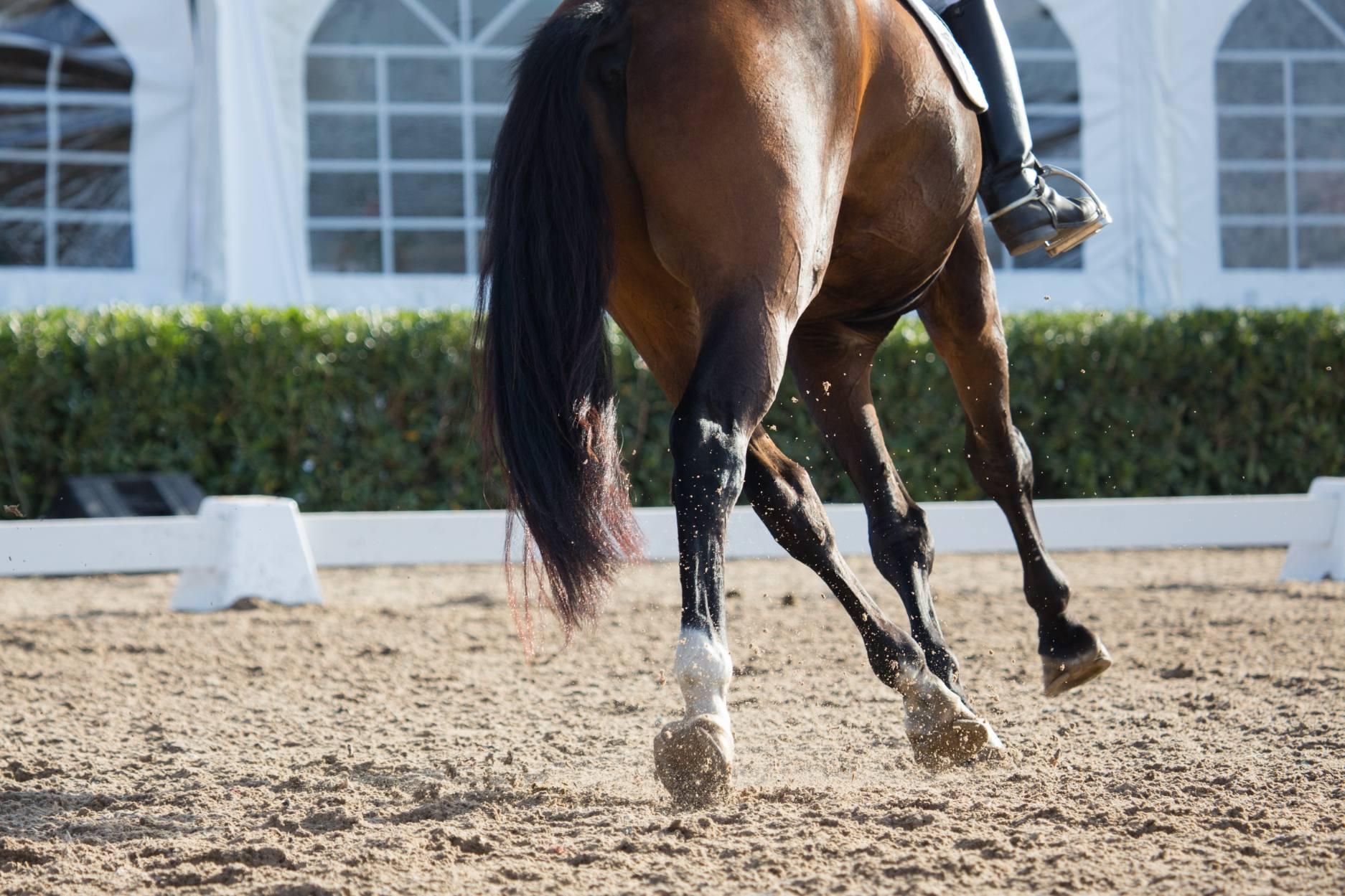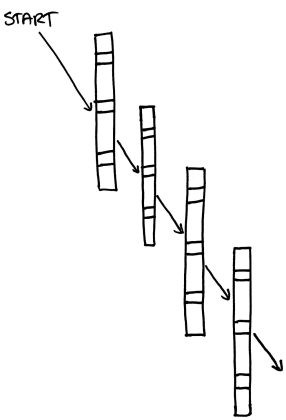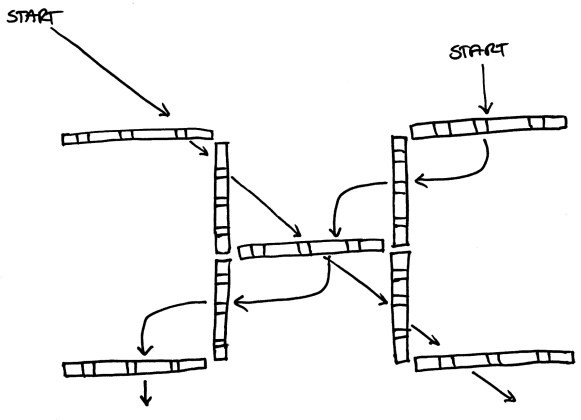Menu

Pole work is not just fruitful for jumping equipages or only just for fun. Actually, it is far from that. Training with poles helps improving the strength of your dressage horse and teach it to work with itself in ways it would otherwise feel difficult or perhaps never understand. Here you get the most important do’s and don’ts when it comes to pole work, and of course we at Malgré Tout give you our three favorite pole exercises for dressage riders. Use them frequently and they will take your dressage training to the next level.
"Do not ever underestimate the power of really good pole work. And do not ever underestimate the harmfulness of bad pole work."
To get started you should consider a few things, before throwing poles on the ground. Here they come:
If the distances between the poles do not suit the steps of your horse, the exercise will be of no importance. Of course it takes time to get to know the length of your horse’s steps, and some horses take larger steps than others. Nevertheless, after a few trainings you will definitely know which distance to use. To begin with, you can set a length between the poles like the examples below, and keep a screenshot of it on you cell phone:
Walk: 70-80 cm / 27.5-31.5 in
Trot: 110-130 cm / 43.5-51.0 in
Canter: 240-350 cm / 94.5-138.0 in
Walk: 30-60 cm / 12.0-23.5 in
Trot: 70-100 cm / 27.5-39.5 in
Canter: 120-230 cm / 47.0-90.5 in
The purpose of the pole work makes it really useful. By this we mean that if you want to get something out of it, you need to consider what you actually want to get out of it. Should your horse learn to increase or shorten its strides? Get a better hind leg action? Or maybe learn to change? Choose which exercises to work on and what you want to achieve in your horse.
New muscles will be activated in your horse’s body when working with poles. To keep these muscles in shape, you need to perform specific pole exercises frequently. But what is frequently? Well... Let’s say once a week – at least. It would definitely be best to use the poles 2-3 times a week trying to obtain different goals each day. The worst thing you could do would be to ask your horse for too much pole work at one day when it is not used to it. Do not ever underestimate the power of good pole work. And do not underestimate the harmfulness of bad pole work.
If you store your riding poles too far away from the arena, we dare to promise you that you will never use them as frequently as you probably should, to keep your horse in shape. Therefore, you need to put them somewhere close so you can easily grab them.
Even though, you should give your horse the time it needs to be confidential with the poles, you will get most out of it by using more than just one. With this in mind, use 2 to 5 poles regarding of you horse’s training level. Neither use too many poles, since it will make it difficult for your horse to retrieve the balance if the distances are a bit tricky. Poles should make confidence in your horse – not self-distrust.
"Poles should make confidence in your horse – not self-distrust."
When it comes to useful pole exercises most of all it is about being creative. The good old one where you put 2 to 5 poles after each other always works. But there is so many more options. Below you find three exercises which are good for the dressage horse. We at Malgré Tout have been inspired by the book Creative Riding With Obstacles by Lina Zacha and Barbro Lagergren. It contains a great amount of fruitful pole formations you probably would not have thought of yourself.
This pole formation is fairly simple and requires only three poles forming a T. The exercise is good for you who would like to make your horse more agile and responsive to your legs. We recommend that you do the exercise in trot, but if you want to do it in canter as well or if your horse’s balance is not that good yet, you can increase the space between the end of the poles.

Here, the poles will make the horse even more aware of its steps. By displacing the poles, they will get more into the horse’s steps. Therefore, you also need to make the distance between them shorter than usual. This also allow you to train and improve some diagonal dressage exercises. For example, ride some leg yields across the poles. Do it carefully so that you horse does not stumble.

This formation demands quite many poles, even though you do not ride them in a row. Actually, you need nine. It gives you a lot of options, since you can both train like you do with the T, and in a new way like the displaced poles. For example, you can ride diagonally across the H starting from the upper left pole and continue down to the lower right one. Also, you can go for a zig-zag to improve the balance of the horse ad its responsiveness to the sign of your legs and weight. Of course, it is possible to make many more exercises using this formation, but we will let it be up to you to decide the rest. Just try it out.

Tip: Every pole exercise – complicated as well as easy – can be taken to an even higher level by raising the poles just a bit from the ground. Use a small box or something similar, and suddenly your horse has something extra to work with. It is especially good for training the lift of the hind legs and the strength of the back.